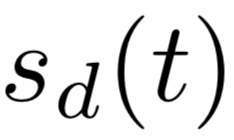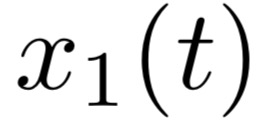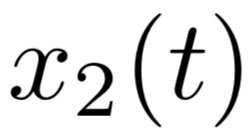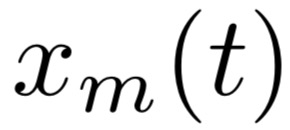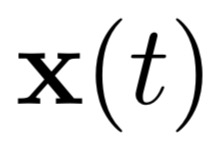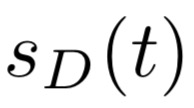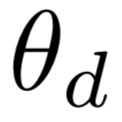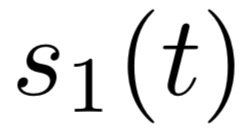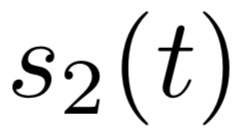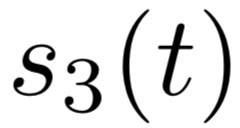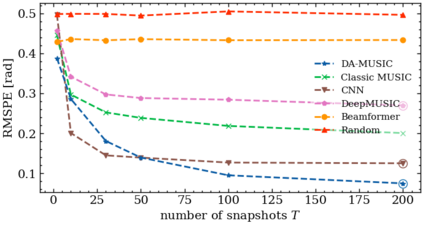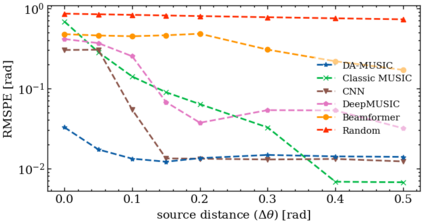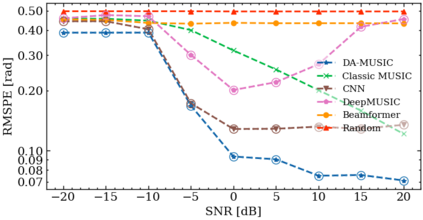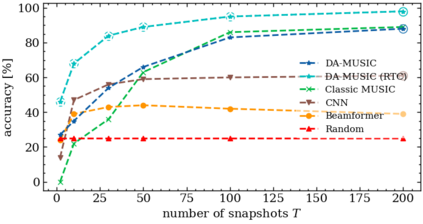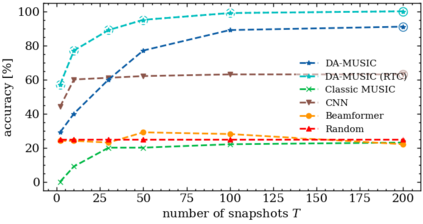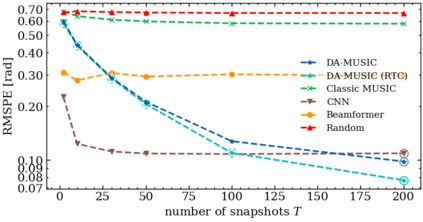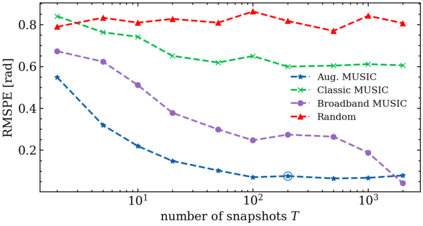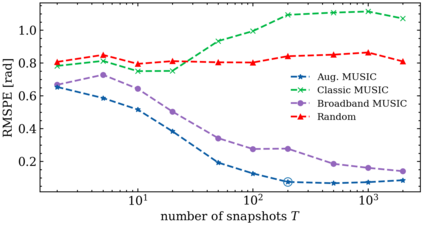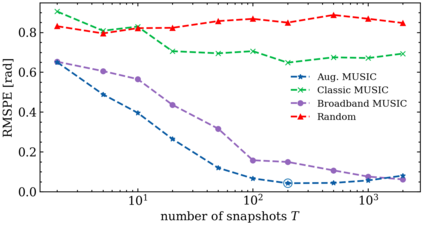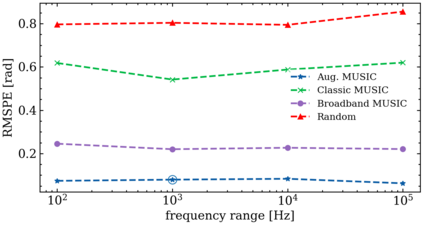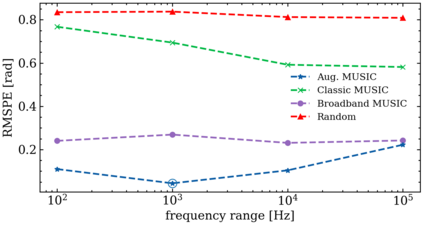Direction of arrival (DoA) estimation of multiple signals is pivotal in sensor array signal processing. A popular multi-signal DoA estimation method is the multiple signal classification (MUSIC) algorithm, which enables high-performance super-resolution DoA recovery while being highly applicable in practice. MUSIC is a model-based algorithm, relying on an accurate mathematical description of the relationship between the signals and the measurements and assumptions on the signals themselves (non-coherent, narrowband sources). As such, it is sensitive to model imperfections. In this work we propose to overcome these limitations of MUSIC by augmenting the algorithm with specifically designed neural architectures. Our proposed deep augmented MUSIC (DA-MUSIC) algorithm is thus a hybrid model-based/data-driven DoA estimator, which leverages data to improve performance and robustness while preserving the interpretable flow of the classic method. DA-MUSIC is shown to learn to overcome limitations of the purely model-based method, such as its inability to successfully localize coherent sources as well as estimate the number of coherent signal sources present. We further demonstrate the superior resolution of the DA-MUSIC algorithm in synthetic narrowband and broadband scenarios as well as with real-world data of DoA estimation from seismic signals.
翻译:在传感器阵列信号处理过程中,对多个信号的抵达(DoA)估计方向是传感器阵列信号处理的关键。流行的多信号DoA估计法是多信号分类(MUSIC)算法,它使高性能超超分辨率DoAS回收能够在实际中高度适用。 MSSIC是一种基于模型的算法,它依靠对信号与信号本身(非一致性、窄带源)的测量和假设之间关系的精确数学描述,依赖对信号本身(非一致性、窄带源)的测量和假设的精确数学描述。因此,它对模型的不完善十分敏感。在这项工作中,我们提议通过用专门设计的神经结构来增加算法来克服MUSIC的这些局限性。因此,我们提议的深度增强MUSIC(DA-MISIC)算法是一种基于模型/数据驱动的混合型/数据驱动的DoAA估计法,它利用数据来提高性能和稳健性,同时保持传统方法的可解释性流动。DA-MISICSA显示它能够克服纯粹方法的局限性,例如它无法成功地将连贯的资料来源和估计目前连贯信号来源的数目。我们进一步展示了DA-MISISISISA的地震阵列算算的高级数据,作为作为合成和宽带和宽带数据设想的高级数字的高度分辨率的高度分辨率的高度分辨率的分辨率的分辨率的分辨率的分辨率的分辨率的分辨率。


